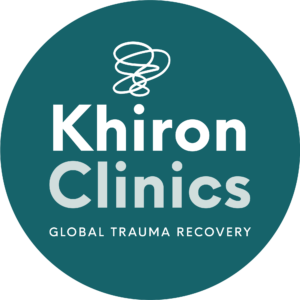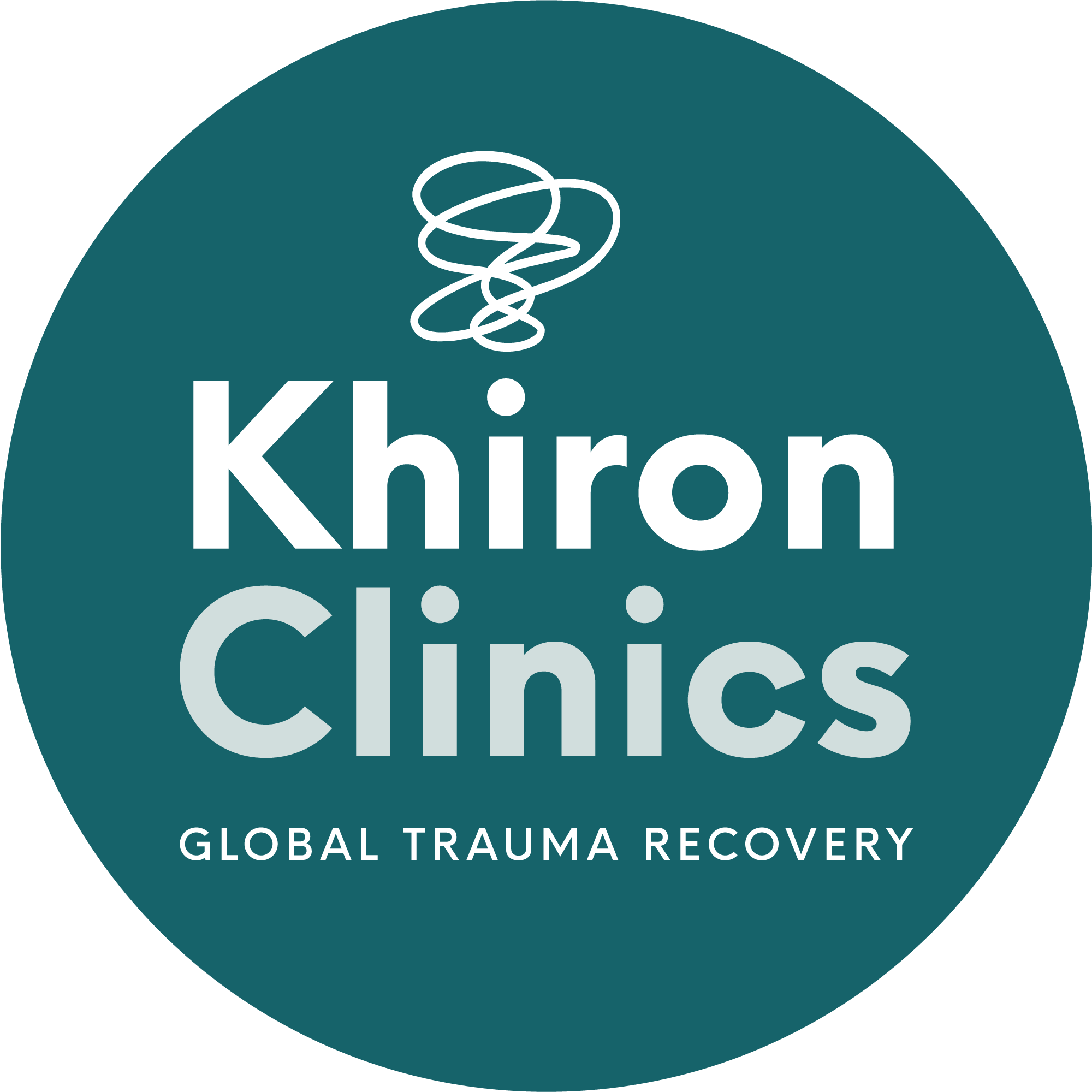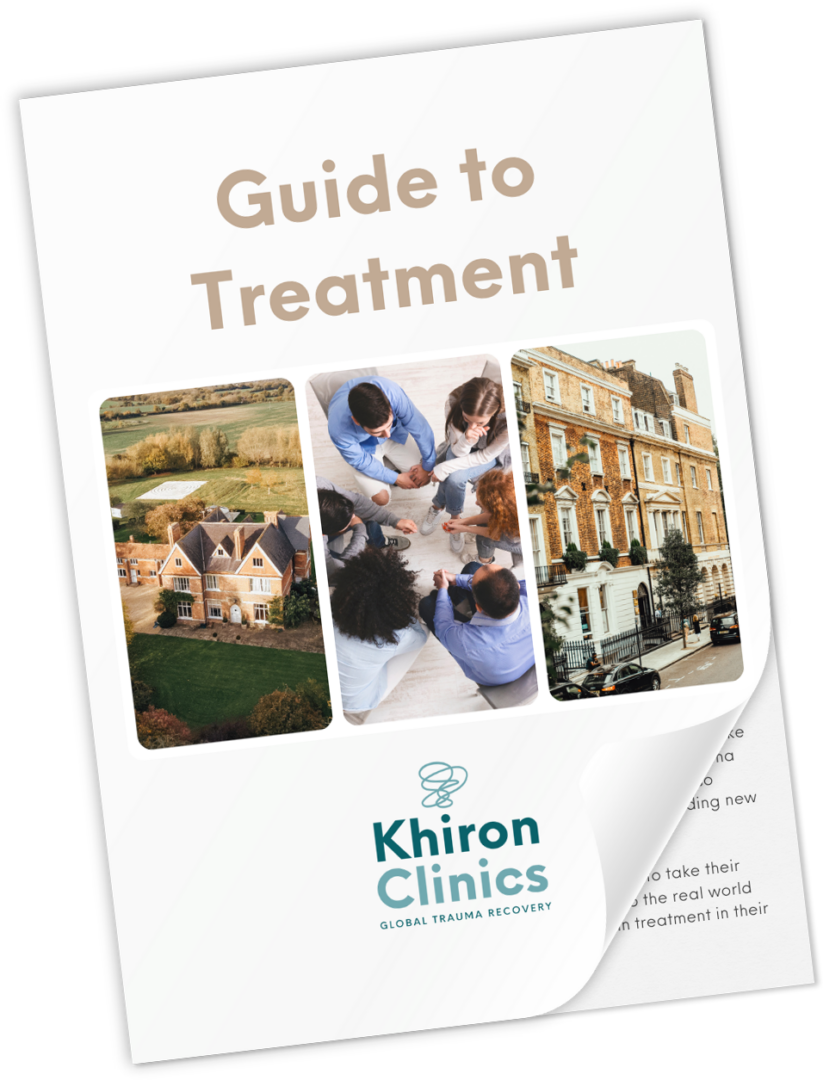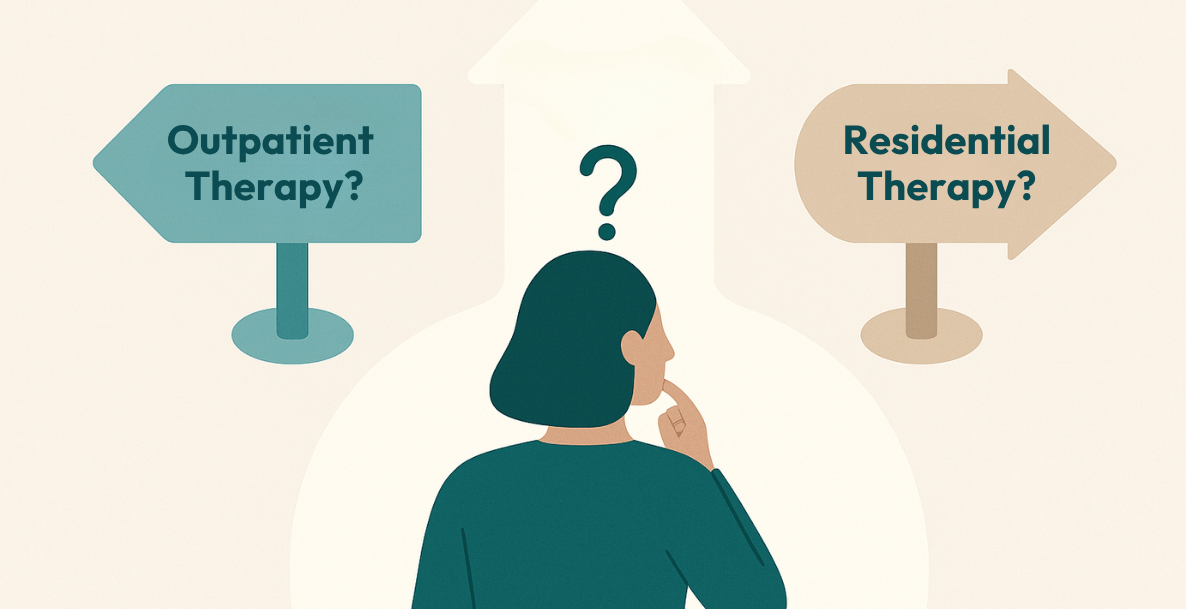by Penny Boreham
Bessel van der Kolk and Yoga
“If you are traumatized, being in silence is often terrifying. Memory of trauma is stored, so when you are stilled, demons come out. Those with PTSD should first learn to regulate their physiology with breath, postures and relaxation and work toward meditation.” (Bessel van der Kolk)
Bessel van der Kolk has been an active clinician, researcher and teacher in the area of treating trauma since the 1970’s. He has done pioneering work on the neuroscience of trauma, its impact on development, thinking, feeling and body sensations. He is a psychiatrist and the founder of the Trauma Centre in Boston, USA.
It was back in 1998 that he started investigating how yoga could help his trauma patients. His full research was published last year, in 2014.
Heart Rate Variability and the Beginnings of Research
It all began because Dr van der Kolk and his colleague, Jim Hopper, became very intrigued in a new biological marker, heart rate variability (HRV). This was proving to be a good measure of how well the autonomic nervous system was working. HRV measures the relative balance between the parasympathetic and sympathetic branches of the nervous system. The parasympathetic branch is concerned with processes that happen when we are in a state of rest or relaxation – when we exhale we stimulate this branch of the nervous system. The sympathetic branch mobilises the activity of the body required to deal with stress/threat or danger – our fight and flight response – and when we inhale we stimulate this branch of the nervous system with a resulting increase in heart rate.
The right state of balance between these two branches is essential to our well-being and in healthy individuals inhalations and exhalations produce steady, rhythmical fluctuations in heart rate and therefore HRV is a measure of basic well-being.
Bessel van der Kolk recounts how he started to hunt for ways to improve his patients’ HRV and found, anecdotally, that yoga did just this. Fortuitously, around this time a yoga teacher, David Emerson, walked into the Boston Trauma Centre to talk to Dr van der Kolk. He told the doctor that he had developed a modified form of hatha yoga to deal with PTSD and conversations ensued that led to the beginning of a study.
Studying The Breath
Back in 1998 scientific methods had confirmed that changing the way we breathe improved problems with anger, depression and anxiety, as well as high blood pressure, elevated stress hormone secretion, asthma and low back pain, but there was no published scientific study of how yoga could help PTSD. Dr van der Kolk and his colleagues were determined to obtain scientific back up for the therapeutic benefits that yoga teachers and students knew so well and, in particular, they wanted to ascertain how yoga could help victims of trauma.
The First Study of Yoga/PTSD
Thirty seven women who had severe trauma histories, and who had already received therapy with little benefit, took part in the first study in 1998. Half of them were randomly selected for the yoga group and half received dialectical behaviour therapy (DBT) which was then a well established therapy.
It was shown, however, that yoga calmed arousal problems in PTSD (post traumatic stress disorder) and dramatically improved the subjects’ relationships with their bodies whereas DBT did not affect the arousal levels of PTSD symptoms.
In subsequent pilot studies yoga proved to be able to change HRV and to help traumatised people learn to inhabit their bodies.
Interestingly, Dr van der Kolk now talks from a place of passion about yoga as he began his own practice eleven years ago, in 2003, partly as a result of measuring his own HRV and finding it needed to improve.
A Snail’s Pace
Teachers and researchers learned that with trauma patients it was important to go very slowly. Trauma is many layered and trauma-sensitive students need to be taught by teachers who are skilled in the process of supporting individuals to self-regulate, so that these students can stay relaxed and in the present moment. In the first yoga study there was a 50 percent drop out of students whereas in the most recent studies only one out of 34 patients did not finish the course. Those who didn’t manage to finish the first study were asked why they stopped and they reported that the programme was too intense and that any posture that involved the pelvis precipitated panic attacks and flashbacks to sexual assaults.
As van der Kolk puts it: “Intense sensations unleashed the demons from the past that had been so carefully kept in check by numbing and inattention. This taught us to go slow, often at a snail’s pace.”
The Latest Study: The Insula and the Medial Frontal Cortex
In Bessel van der Kolk and his colleagues’ latest yoga study, which was with six women with histories of profound early trauma, there were the first indications that twenty weeks of yoga practice increased activation of the insula and the medial frontal cortex.
The insula is the part of the brain that integrates and interprets the input from the internal organs, and generates a sense of being embodied, and brain imaging studies of trauma patients almost always find abnormal activation of the insula. The medial frontal cortex of the brain is what van der Kolk refers to as “the watchtower of the brain” whereas he calls the amygdala “the smoke detector” and he writes: “as long as you are not too upset, your frontal lobes can restore your balance by helping you realise that you are responding to a false alarm and abort the stress response… The capacity to effectively deal with stress depends upon achieving a balance between the smoke detector and the watchtower”.
People who begin to feel safer in their bodies can begin to translate the memories that had previously overwhelmed them into language, as Bessel van der Kolk describes:
“After each of our yoga studies, we asked the participants what effect the classes had had on them. We never mentioned the insula or interoception; in fact, we kept the discussion and explanation to a minimum so that they could focus inward”.
The students responses after the studies demonstrated how the course of yoga had allowed them to recognise their emotions, regain more agency in life and find a new sense of being embodied:
“My emotions feel more powerful. Maybe it’s just that I can recognise them now”
“I can express my feeling more because I can recognize them more. I feel them in my body, recognize them, and address them”
“I now see choices, multiple paths. I can decide and I can choose my life, it doesn’t have to be repeated or be experienced like a child”.
“I was able to move my body and be in my body in a safe place and without hurting myself/getting hurt”
If you would like a weekly email about new posts on our blog please sing up for our mailing list in the box above right






